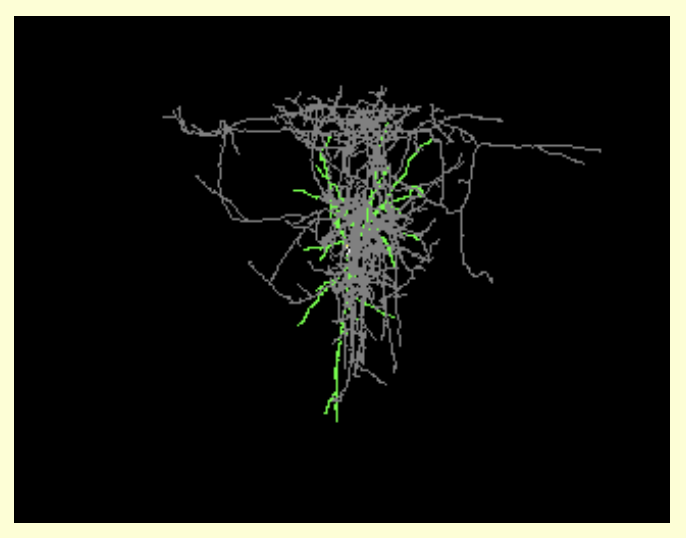URL: http://code.google.com/p/popoolation/
Proper Citation: PoPoolation (RRID:SCR_003495)
Description: A collection of tools to facilitate population genetic studies of next generation sequencing data from pooled individuals. It builds upon open source tools (bwa, samtools) and uses standard file formats (gtf, sam, pileup) to ensure a wide compatibility. PoPoolation allows to calculate Tajima's Pi, Watterson's Theta and Tajima's D for reference sequences using a sliding window approach. Alternatively these population genetic estimators may be calculated for a set of genes (provided as gtf). One of the main challenges in population genomics is to identify regions of intererest on a genome wide scale. PoPoolation will greatly aid this task by allowing a fast and user friendly analysis of NGS data from DNA pools.
Abbreviations: PoPoolation
Resource Type: software resource
Defining Citation: PMID:21253599
Keywords: population genetics, next generation sequencing, sliding window, genome, bio.tools
Expand Allis listed by |
|
is listed by |
|
is listed by |
|
has parent organization |
We found {{ ctrl2.mentions.total_count }} mentions in open access literature.
We have not found any literature mentions for this resource.
We are searching literature mentions for this resource.
Most recent articles:
{{ mention._source.dc.creators[0].familyName }} {{ mention._source.dc.creators[0].initials }}, et al. ({{ mention._source.dc.publicationYear }}) {{ mention._source.dc.title }} {{ mention._source.dc.publishers[0].name }}, {{ mention._source.dc.publishers[0].volume }}({{ mention._source.dc.publishers[0].issue }}), {{ mention._source.dc.publishers[0].pagination }}. (PMID:{{ mention._id.replace('PMID:', '') }})
A list of researchers who have used the resource and an author search tool
Find mentions based on location

{{ ctrl2.mentions.errors.location }}
A list of researchers who have used the resource and an author search tool. This is available for resources that have literature mentions.
No rating or validation information has been found for PoPoolation.
No alerts have been found for PoPoolation.
Source: SciCrunch Registry





